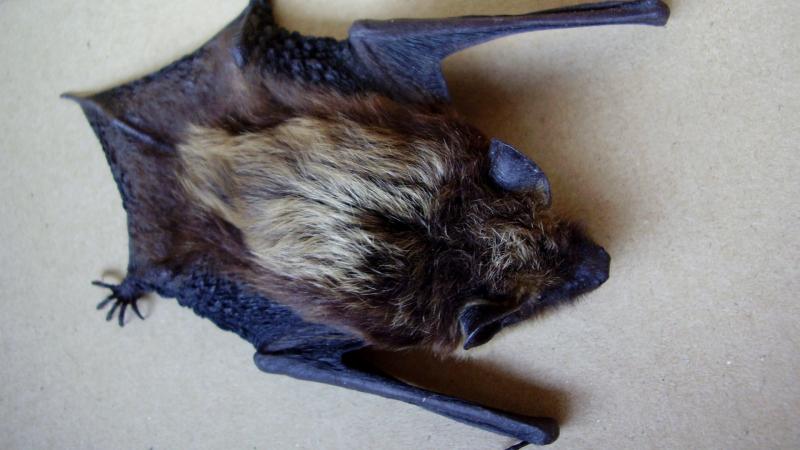
Smart adaptive actuators are sought after for a variety of mechanical and aerospace applications. Commonly used piezoceramic and shape memory alloy actuators produce small displacements, and hence require motion amplification mechanisms. However, these mechanisms are prone to mechanical play, and are susceptible to wear and tear. To reduce these effects, researchers have studied post-buckled beam actuators (PBA) that can be triggered by a force above a certain threshold and which make use of dynamic instabilities of the mechanical structure to perform actuations. PBA designs have been investigated for aerospace applications such as in UAVs, micro air vehicles, and to alleviate helicopter vibrations. The PBA design has to be optimized to provide maximum deflection while ensuring minimum weight inclusion to the mechanical structure.
Now, aerospace researchers in IISc have studied an optimization scheme to design PBAs which is based on the bat algorithm. Bat algorithm is an evolutionary optimization scheme based on the echolocation behaviour of bats. Microbats emit sound pulses and listen for the echo to detect prey or obstacles around them. The bats take into account the time delay between the emitted sound and its echo, the time difference for it to reach both their ears, and the sound variation of the echoes from a series of sound pulses to build a three-dimensional map of their surroundings. This behaviour can be formulated to map an objective function to be optimized. Much like the way the bats vary the frequency, wavelength and loudness of the sound pulses to cast about their surroundings, the researcher’s algorithm varied certain parameters that influence the objective function to arrive upon on an optimal design.
The consequent PBA design resulted in a 13% increase in length and a 16% decrease in width with respect to the baseline design, with no alteration to the thickness. Moreover, the researchers conducted experiments with a commercially available piezoelectric actuator using the PBA to amplify beam end rotations. They achieved a 16% increase in tip deflection and a 5% decrease in weight from baseline. This study paves the way to develop more such evolutionary algorithms to create optimal designs for a range of smart structures and systems.





